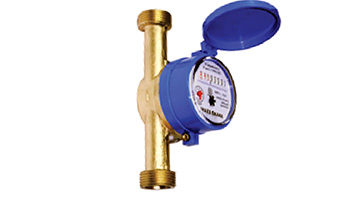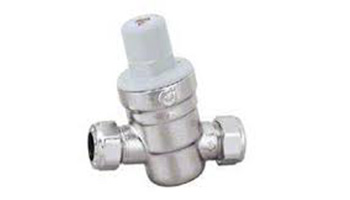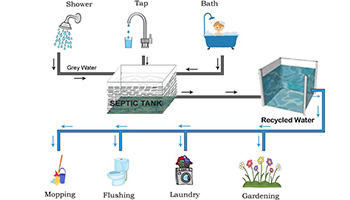Water is one of the most essential resources on this planet. It plays a key role in sustaining the environment, production of food resources and maintaining human health. With the ever-growing population, we are constantly reminded of how critical and limited water resources are. Most countries in the world are on the brink of running out of water.
Around 40% of India’s water resources come from groundwater. A recent report from NITI Aayog has stated that 21 major cities in India are expected to run out of groundwater by 2020. The ‘Composite Water Management Index’ is India’s first extensive collection of data on water throughout the nation. The CWMI report has stated that the demand for water will exceed its supply by 2050.
There is an urgent need to preserve and use water wisely. Water preservation is the need of the hour.
There has already been an implementation towards creating innovative ways to preserve water. Here are a few methods that can reduce the usage of water inside buildings:
Rainwater Harvesting

Rainwater Harvesting is a method that can be quite easily implemented. In times of such water scarcity, it is a very effective method. The method is simple; rainfall is collected and stored so that it can be used in the future. Rainwater harvesting can aid in the replenishing of groundwater resources which also affects the climatic conditions in areas with water scarcity. Most importantly, it makes water available in such regions. Rainwater Harvesting has been in practice for a very long time in most parts of rural India. This method of water conservation can be implemented almost anywhere in buildings, individual houses, apartments, parks, etc.
Water Metering

Water metering is the process of measuring the amount of water that is being used in residential and commercial buildings. The volume of water that is used is calculated and charged for according to the price of water. The water is supplied from a public water supply system. Initiatives were taken in the city of Hyderabad to install digital water meters that access real-time water usage data. This will help to identify the potential of water efficiency and reduce consumer usage and costs.
Water-efficient taps

Water-efficient taps are of two kinds.
1) Taps that have low water flow rate are usually designed that way to support minimum wastage of water.
2) Taps with infrared sensors can sense a presence and automatically turn on or off based on its usage.
These taps are largely seen in most public places including malls, theatres, airports, etc.
Pressure reducing valves

A pressure reducing valve can control the amount of pressure in a hydraulic system and save a lot of water from being wasted. These valves ensure a pre-set level of water that is to be used. In this way, downstream components used in the water system last longer and water consumption is also reduced. This is a very fitting solution for industrial, residential, commercial and institutional buildings.
Water-saving showerheads

Did you know that an average bath lasts around 10-15 minutes and uses up almost 80 litres of water, whereas a 5-minute shower at a rate of 10 litres per minute will use only 50 litres? There is a huge difference between 50 and 80 litres of water! Water-saving showerheads are designed so that they control the water flow rate and the spray pattern during a shower. This makes a huge difference and directly affects the water consumption levels of a building since showering is a basic necessity of life.
Greywater Recycling system

Greywater recycling is a simple, safe and sustainable water preserving system. It can help reduce water usage in households by almost 50% and indirectly save your water bills. Greywater recycling is a method of saving water in which wastewater is collected from kitchen sinks, washing machines and showers and is then recycled for usage in toilets, watering plants, etc. Unlike rainwater harvesting which relies on rainwater, greywater is surplus in quantity and available daily. Environmental engineers have demonstrated that the usage of this recycling system has reduced almost 70% of domestic water consumption in a residential area.
Smart irrigation systems

Water used for irrigation alone counts for at least 75% of water consumption in India. Much of this water is wasted during flood irrigation. Even gardens and lawns need to be watered regularly to sustain it. Technology has allowed us to invent efficient irrigation systems with controllers that can reduce water consumption. They can be used to avoid excess watering of plants and also used to track temperature and precipitation over properties. Drip irrigation is also a method that can be used to send water directly to plants through pipes that are buried under the surface.
Water-efficient toilets

The concept behind water-saving toilets is to increase the velocity of flushing water instead of increasing the amount of water that is used to flush out waste.
Discussing these innovative ways to conserve water is one thing, but implementing them is the first step we can take towards reducing our water footprint in the environment. The water crisis is inevitable and people should start acting now to be able to tackle this challenge in the future.
Please check out:
Tips for buying Bathroom Accessories





















